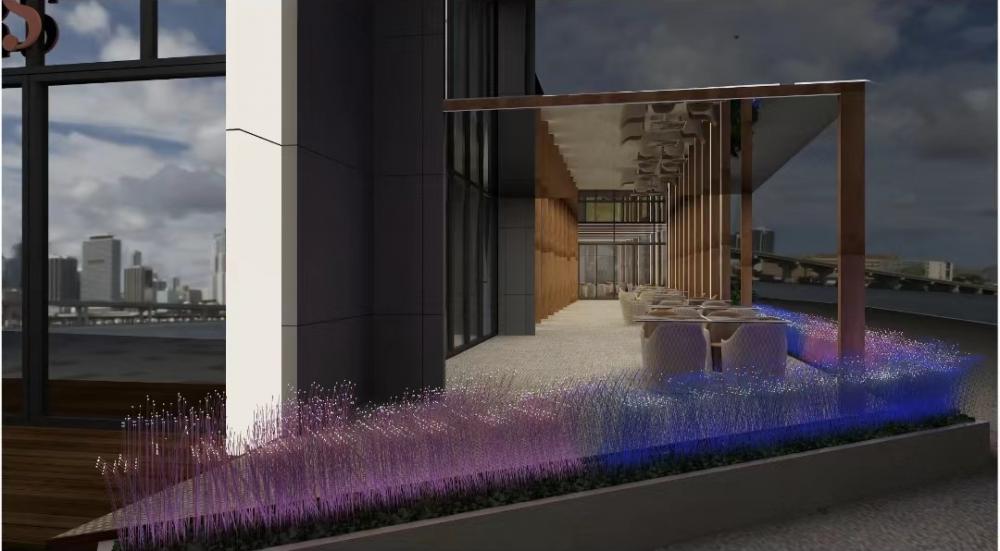Fiber Optic Lights for Lighting Purpose
Fiber Optic Light, also known as Fiber Optic Lighting or fiber optic illumination, is a type of lighting technology that uses optical fibers to transmit light from a source to a desired location. This technology has revolutionized the way we light up spaces and objects, offering numerous advantages over traditional lighting methods. In this article, we will explore the various aspects of fiber optic light, its applications, benefits, and how it works. Fiber optic light works on the principle of total internal reflection. It involves the transmission of light through optical fibers, which are thin, flexible, and transparent strands made of glass or plastic. These fibers have a core, which carries the light, and a cladding, which surrounds the core and helps in maintaining the light within the fiber. The core and cladding have different refractive indices, which enable the phenomenon of total internal reflection to occur. The light source in fiber optic lighting is typically an LED or a halogen lamp. The light emitted by the source is coupled into the fiber using a device called a coupler or an illuminator. The light travels through the core of the fiber, bouncing off the walls due to total internal reflection. This allows the light to be transmitted over long distances without significant loss of intensity. One of the significant advantages of fiber optic light is its flexibility. The optical fibers can be easily bent, twisted, or shaped into various forms, allowing for creative and versatile lighting designs. This flexibility makes fiber optic lighting suitable for a wide range of applications, including architectural lighting, decorative lighting, signage, art installations, and even underwater lighting. Fiber optic light is also known for its safety and durability. Unlike traditional lighting methods, fiber optic lighting does not use electricity to transmit light. This eliminates the risk of electric shock and makes it safe for use in wet or hazardous environments. Additionally, the optical fibers are immune to electromagnetic interference, making them resistant to electrical noise and ensuring a stable and reliable light output. Another advantage of fiber optic light is its energy efficiency. Since the light source is located away from the illuminated area, there is minimal heat generated, resulting in lower energy consumption. This makes fiber optic lighting an environmentally friendly option, reducing both energy costs and carbon footprint. In terms of maintenance, fiber optic light requires minimal upkeep. The light source, which is typically located in a remote and easily accessible location, can be easily replaced when needed. The optical fibers themselves are durable and long-lasting, with a lifespan of up to 50,000 hours or more. In conclusion, fiber optic light is a versatile, safe, durable, and energy-efficient lighting technology that offers numerous advantages over traditional lighting methods. Its flexibility, creative possibilities, and low maintenance requirements make it a popular choice for various applications. Whether used for architectural lighting, decorative purposes, or even underwater illumination, fiber optic light continues to shine brightly in the world of lighting.

 Fiber Optic Light
Fiber Optic Light